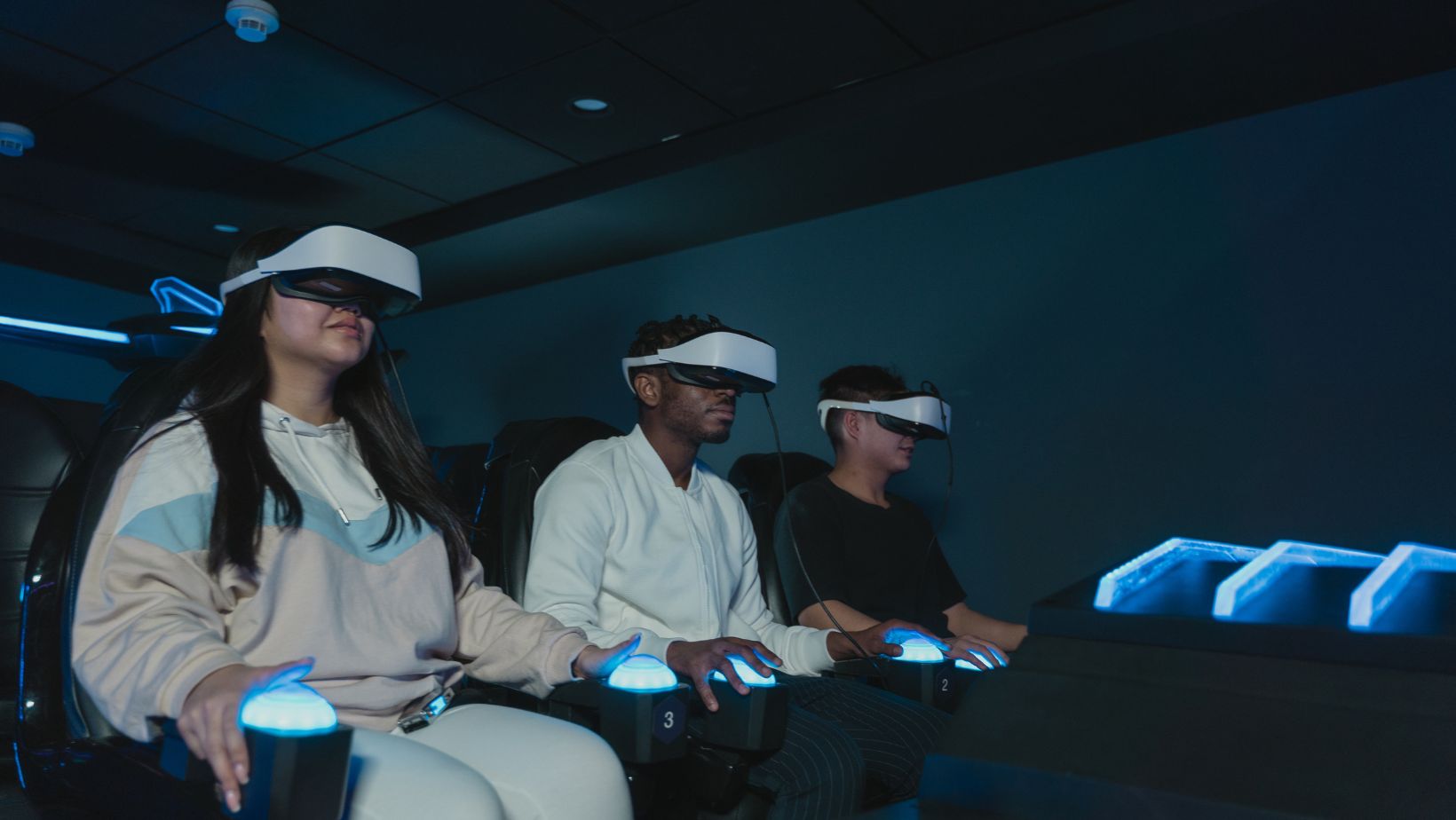In an era where technology blurs the lines between reality and imagination, virtual space emerges as a transformative frontier. This digital realm offers endless possibilities for exploration, creativity, and connection. From immersive gaming environments to collaborative workspaces, virtual space is reshaping how individuals interact with the world and each other.
As the boundaries of what’s possible continue to expand, the impact of virtual space on daily life becomes ever more profound.
Virtual Space
Virtual space refers to computer-generated environments that users can access through various digital devices. It’s crucial in fields such as virtual reality (VR) and augmented reality (AR), where immersive experiences redefine user interaction with digital content.
In architecture, professionals utilize virtual space to create detailed 3D models, allowing for precise visualization and collaboration. This technology aids in design modification and project management, streamlining the development process.
In education, virtual space facilitates interactive learning environments, providing students with engaging simulations that enrich understanding. It serves as a valuable tool for distance learning and skill development, offering accessibility and flexibility.
Virtual space continues to evolve rapidly, impacting industries by offering alternative methods of engagement, experimentation, and creation. As technology advances, its applications and benefits will likely broaden, influencing more aspects of daily life.

Key Features of Virtual Space
Virtual space transforms how individuals engage with digital environments, offering experiences that are immersive, interactive, and customizable.
Immersive Environments
Immersive environments in virtual space provide users with a sense of presence, employing advanced graphics and spatial audio. These environments allow users to explore digital spaces, creating experiences that simulate real-world sensations. Techniques such as 3D modeling and virtual reality (VR) enhance these environments, providing architectural walkthroughs and educational simulations.
Real-Time Interaction
Virtual space enables real-time interaction, allowing users to communicate and collaborate instantaneously. This feature enhances social and professional engagements, supporting activities such as virtual meetings, multiplayer gaming, and collaborative design work. Real-time processing and low latency are key to effective interactions, ensuring seamless communication across various platforms.

Benefits of Virtual Space
Virtual space offers numerous advantages across various sectors by providing opportunities for growth and innovation. Its application enables enhanced collaboration and accessibility, and it’s cost-effective for businesses and individuals.
Enhanced Collaboration
Virtual space fosters collaboration across geographical boundaries. Teams engage in real-time discussions through virtual meetings, enabling a seamless exchange of ideas. Companies utilize this digital platform to facilitate interactive project development, ensuring efficient collaboration among remote teams.
Cost-Effectiveness
Utilizing virtual space eliminates several expenses traditionally associated with physical operations. Businesses reduce overhead costs, such as office space rentals and travel expenses, by integrating virtual tools. Educational institutions also benefit by offering virtual classrooms, saving on physical infrastructure while providing quality education.
Accessibility
Virtual space increases accessibility, bridging gaps for people with disabilities or those in remote locations. Educational resources and professional opportunities become readily available irrespective of physical constraints. Users access virtual environments via standard digital devices, such as smartphones, ensuring broad reach.

Applications of Virtual Space
Virtual space revolutionizes various domains, offering innovative solutions and enhancing user interaction. Its adaptability is evident in numerous fields.
Education and Training
In education, virtual space facilitates immersive learning experiences. Students engage with dynamic simulations, offering practical understanding beyond traditional teaching methods. Educational institutions utilize virtual labs and classrooms to support remote learning, ensuring continued access to quality education.
Entertainment and Gaming
Virtual space elevates entertainment and gaming by creating captivating digital worlds. Gamers explore expansive universes with immersive graphics and interactive elements. Virtual reality platforms cater to diverse genres, from adventure to simulation, enhancing user experience.
Business and Meetings
In business, virtual space enhances collaboration and productivity. Companies hold virtual meetings, enabling seamless communication between global teams. This technology supports hosting conferences and presentations in virtual environments, reducing travel costs and logistical hurdles.
While challenges remain, the integration of advanced technologies like 5G and lifelike avatars will undoubtedly enhance virtual experiences and broaden their reach. This burgeoning frontier not only offers exciting opportunities but also requires careful navigation of ethical and privacy considerations to ensure a safe and inclusive digital future. The journey into virtual space is just beginning, heralding a new era of digital engagement.

